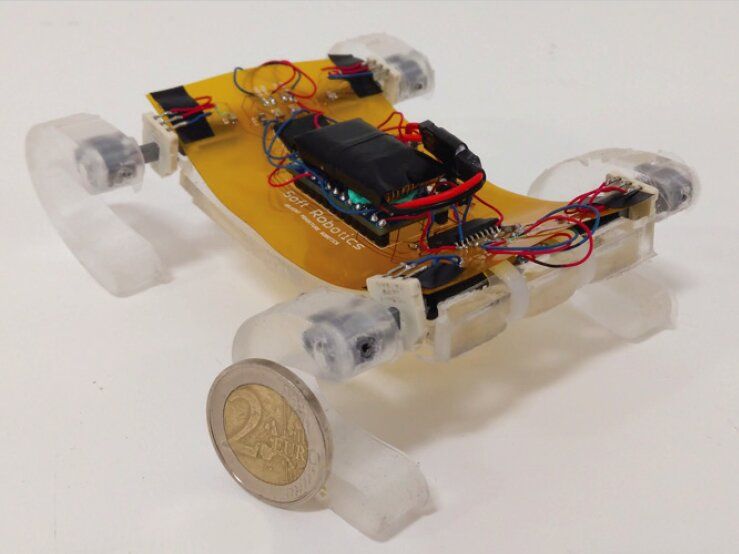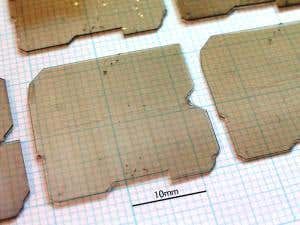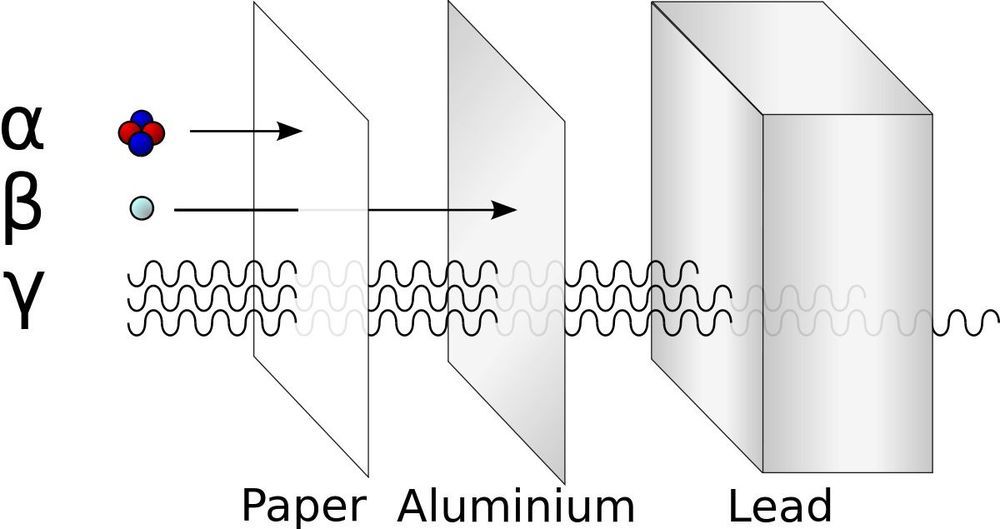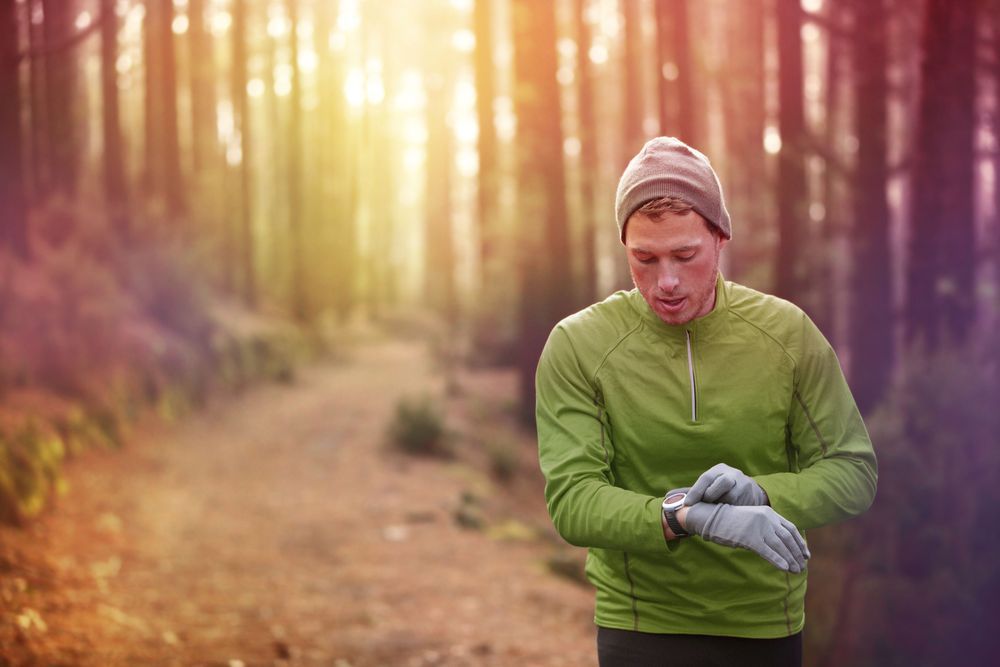Former Senate Majority Leader Harry Reid (D-Nev.) praised Monday’s release of the videos, but said more action is needed.
“I’m glad the Pentagon is finally releasing this footage, but it only scratches the surface of research and materials available,” he tweeted. “The U.S. needs to take a serious, scientific look at this and any potential national security implications. The American people deserve to be informed.”
The Pentagon on Monday officially released three videos of “unidentified” flying objects that have been previously leaked to the public.
The Department of Defense authorized the release of the three unclassified videos, including one recorded in November 2004 and two others captured in January 2015. The videos had been distributed in 2007 and 2017, the department noted in a statement.
Officials decided the official release of the videos would not reveal any “sensitive capabilities or systems” and would not impact investigations of unidentified flying objects.








